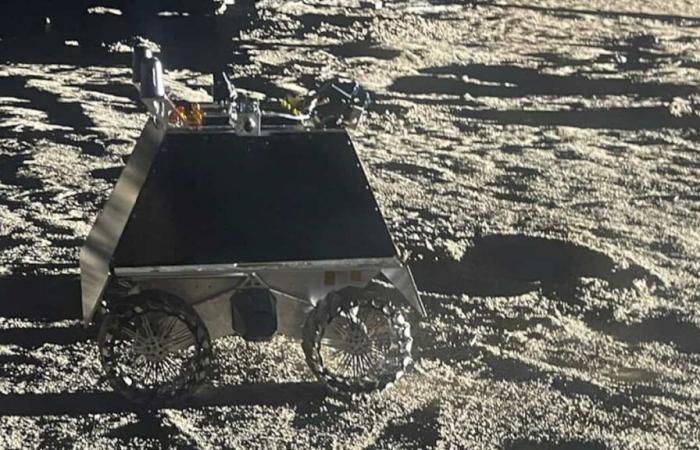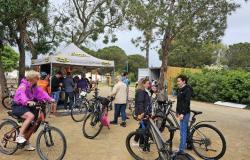With three missions planned in the next two years, the Moon will host a remote -controlled Rovers record to study the lunar floor, and Canada is in the race.
“We are at the limit of what we could learn from the moon at a distance, we must now go there and probe directly the lunar soil,” said Journal The expert in remote sensing Myriam Lemelin, on the sidelines of the Acfas Congress which is held in Montreal this week.
Professor Myriam Lemelin, from the University of Sherbrooke, will be of the next three missions of NASA consisting in sending Rovers to the Moon. Mathieu-Robert Sauvé photo
Mathieu-Robert Sauvé
With a dozen colleagues from several Quebec universities and the Canadian space agency, she participated on Monday in a meeting on lunar exploration.
-The work of this spatial exploration leader, hired in the applied geomatics department of the University of Sherbrooke in 2019, focuses on the analysis of lunar soil properties, ice detection and the study of extraterrestrial minerals.
“Our challenge for the next few years will be to determine where ice water is on the southern pole of the moon and the composition of the various minerals is located,” she said.
She adds that Canada will be the leader of an extraterrestrial mission for the first time called Canadian Lunar Rover Mission. We are currently halfway in the development of detection devices which will be installed in the small autonomous robot launched as soon as possible in 2026.
Professor Lemelin is part of the scientific team of several other space missions in collaboration with NASA and the Canadian space agency, including Viper and Lunar Vertex.
It is also attached to projects on Mars but, she says, “we will start with the moon”. This step is essential before going further.








